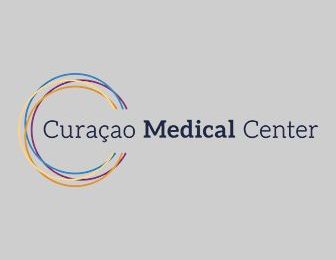What is ventilation?
Ventilation means that a patient is connected to a ventilator. This device supplies the lungs with air and oxygen by means of overpressure. This makes breathing easier and requires less effort. There are 2 forms of ventilation:
Non-invasive ventilation. This is respiration with a cap or mask over the mouth and nose or over the entire face.
Invasive ventilation. This is breathing with a breathing tube that is inserted into the windpipe.
Which form of ventilation is chosen depends on the reason for the ventilation and the general condition of the patient. This information is about breathing with a mask, so non-invasive ventilation.


The treatments
Advantages
The air supplied by the ventilator is warm and humidified. This is important for the mucous membranes and respiratory tract.
During non-invasive ventilation, the patient is approachable and able to talk with the mask on.
Non-invasive ventilation can be started and stopped at any time. This allows a patient to alternately breathe independently or be supported by the ventilator.
Non-invasive ventilation causes fewer respiratory infections compared to invasive ventilation.
After non-invasive ventilation, the patient usually needs to stay in the ICU for a shorter period of time than after invasive ventilation
What is non-invasive ventilation?
In ‘non-invasive ventilation’ the patient is given a mask over the nose and mouth or over the face.
The patient breathes on his own, with the support of the ventilator. This is connected to the mask and ensures that air and oxygen are blown to the patient by means of pressure. The machine is set up so that the lungs receive sufficient air and oxygen with the least possible effort for the patient.
What does the treatment involve?
The mask over the nose and mouth is quite tight. This is necessary to be able to properly apply the ventilation. When the patient inhales, the machine releases air containing extra oxygen. This makes breathing easier and allows the patient to take in more air. The aim is that the patient has to make less effort for breathing and that the feeling of tightness decreases.
During the exhalation, the machine gives a small amount of counter pressure. As a result, the oxygen is better absorbed into the blood and the oxygen level in the blood rises. If parts of the lungs have collapsed, the counterpressure also ensures that these alveoli can open again. If there is fluid in the lungs, the counterpressure of the ventilator also ensures that this fluid goes back into the bloodstream.
A nurse remains with the patient when the mask is fitted and the ventilation is started. The nurse sets up the ventilator and guides the patient. The ventilator and mask are adjusted so that the patient is comfortable. In addition, the nurse regularly carries out a number of checks, such as checking blood pressure, heart rate and carbon dioxide and oxygen levels in the blood. For this, blood will be taken a number of times.

